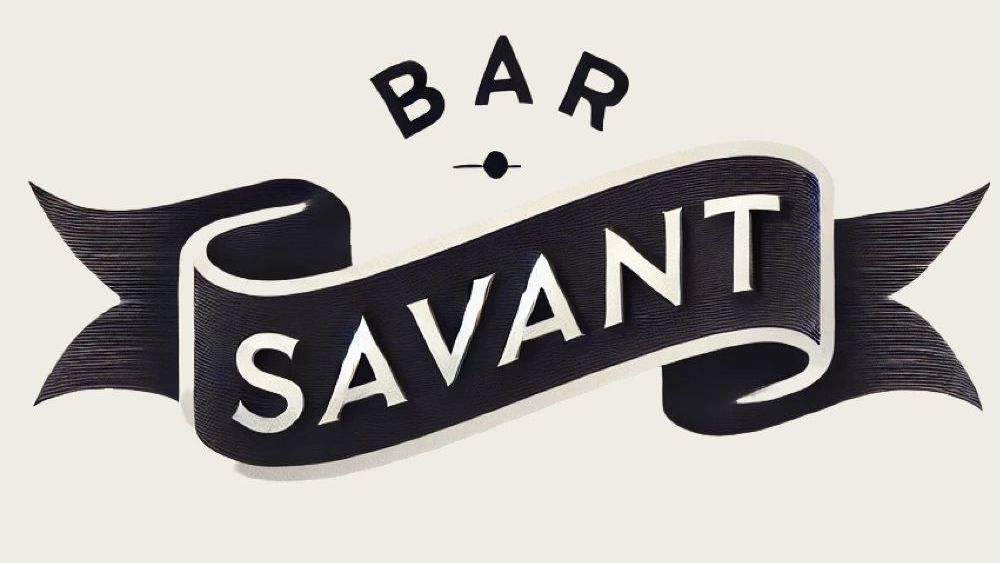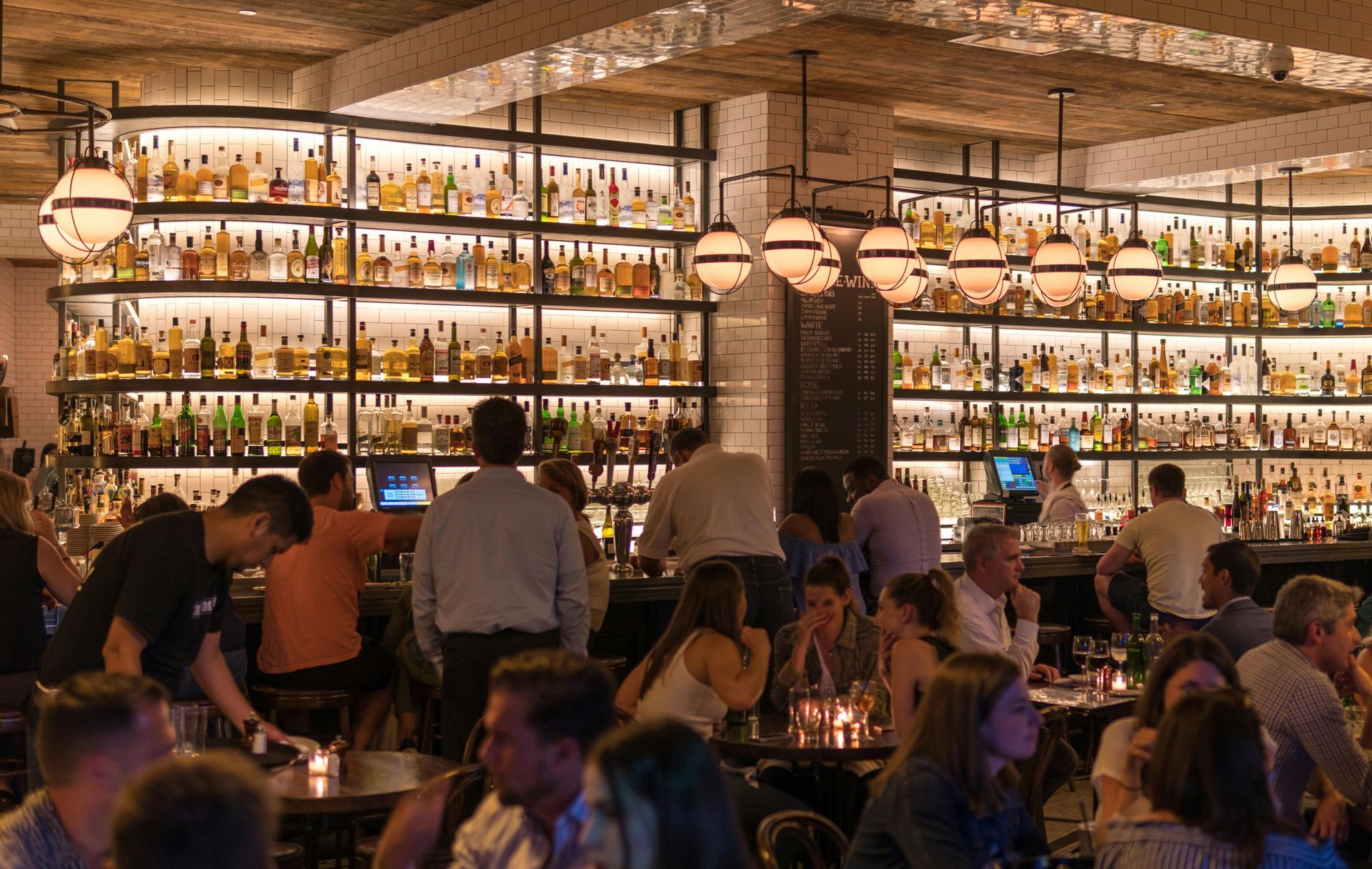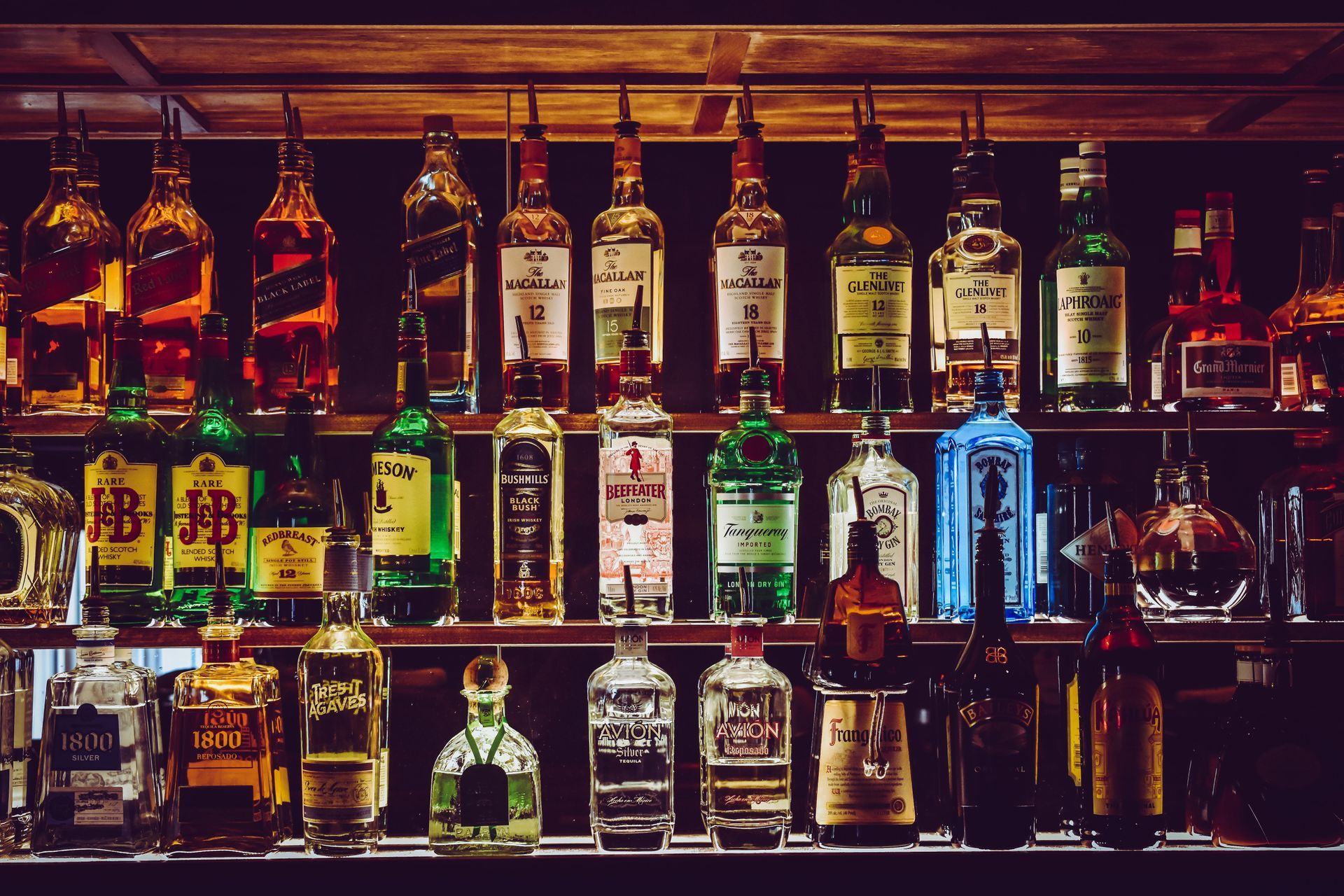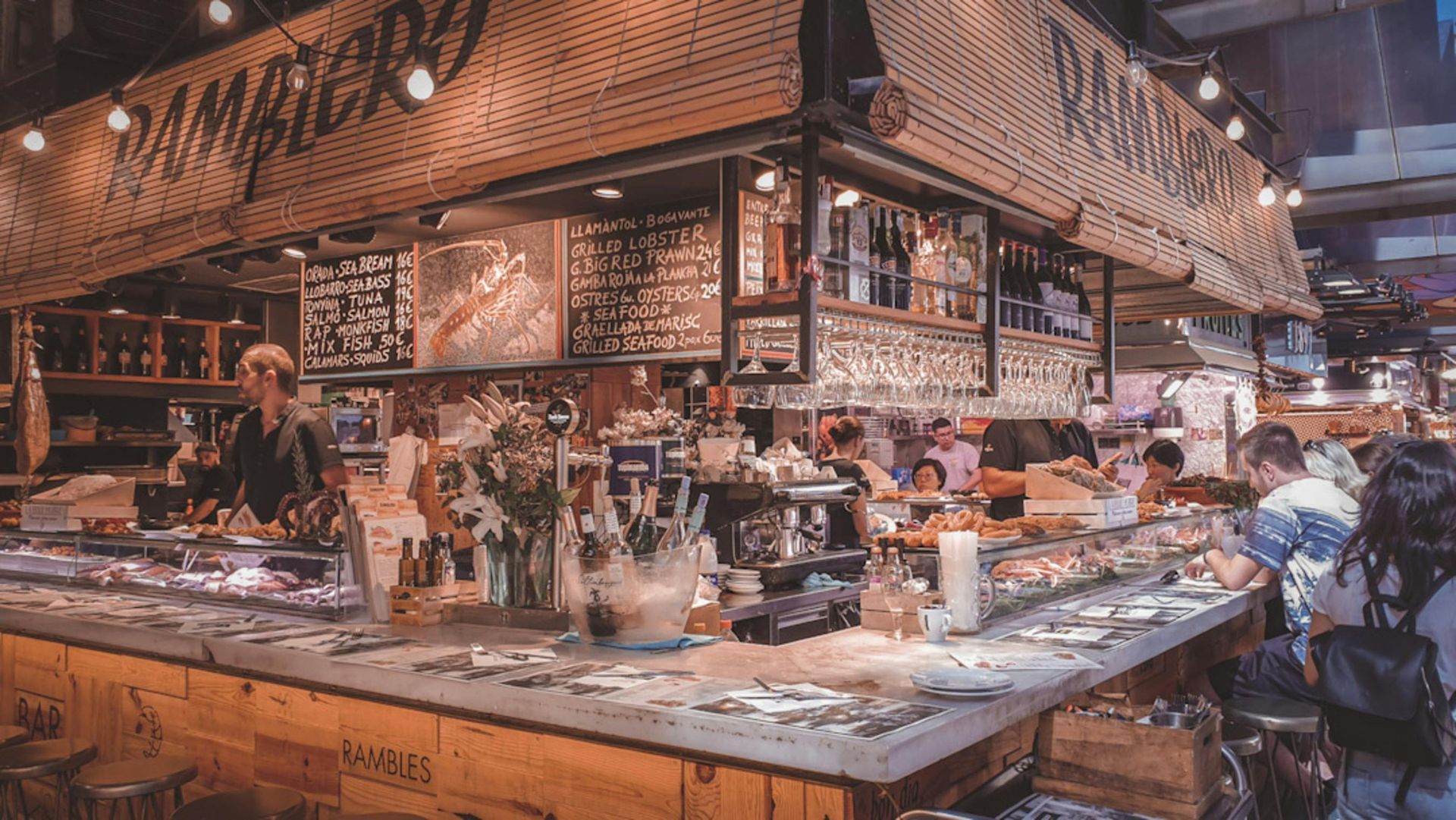Bar Layout and Tools
Gettye Goins • December 16, 2024
The layout of a craft cocktail bar is more than just a matter of aesthetics; it’s the foundation for everything else. A well-designed bar is a workspace that feels natural and intuitive, where every motion is deliberate and efficient. The right layout can mean the difference between a smooth, enjoyable service and a chaotic, stressful shift. In the world of craft cocktails, where precision and timing are paramount, designing the bar to support speed, consistency, and ease is essential.
The first consideration in designing a bar layout is understanding how the space will flow during service. At peak hours, when every seat is full and tickets are coming in nonstop, bartenders need to be able to move seamlessly. The layout should minimize unnecessary steps and wasted movement. Everything that a bartender needs—tools, glassware, spirits, mixers—should be within arm’s reach whenever possible. This principle, often called mise en place, ensures that the workspace is organized and ready for action at all times.
Think about the placement of key elements like sinks, ice wells, and speed racks. Ice is used in almost every cocktail, so the ice well should be centrally located and easy to access from multiple stations. Speed racks, which hold the most commonly used spirits, need to be positioned directly below the work surface, allowing bartenders to grab a bottle without breaking their rhythm. Glassware, shakers, and other tools should have designated spots, and their placement should be consistent across all stations. Consistency is crucial; if every bartender knows exactly where to find what they need, service becomes faster and more efficient.
Beyond functionality, the layout should also support the bar’s overall vibe. Open, inviting designs encourage interaction between bartenders and guests, while more closed setups create a sense of mystery and focus on the craft itself. The choice depends on the bar’s concept. In a high-energy, social space, an open bar where guests can see the bartenders at work helps create a dynamic atmosphere. In a quieter, more intimate setting, a slightly more enclosed layout might help emphasize the artistry of each cocktail.
When it comes to tools, practicality reigns supreme. Flashy, expensive equipment might look impressive, but durability and functionality matter far more. Tools should feel comfortable in the hand, easy to clean, and capable of standing up to the rigors of a busy service. A great bar is equipped with essentials like sturdy shakers, weighted jiggers, long bar spoons, and high-quality strainers. Each piece of equipment is chosen not just for how it looks, but for how it performs.
Glassware is another critical consideration. The right glass can enhance the presentation of a drink, but it also needs to be practical. Thick, heavy glassware might be durable, but it can feel clunky or detract from the elegance of a finely crafted cocktail. On the other hand, delicate crystal might look stunning but isn’t ideal for high-volume service. Striking the right balance is key—glassware that is elegant yet sturdy enough to handle the demands of a busy bar.
Storage is another area where balance is essential. Certain items, like high-end spirits or decorative garnishes, can be displayed for visual appeal. A backbar lined with beautiful bottles or a garnish station full of fresh herbs and citrus can serve as a focal point for the space, drawing guests in and sparking conversation. However, too much clutter can make the bar feel chaotic. Bulk items, backup supplies, and anything not immediately needed during service should be stored out of sight to maintain a clean, professional appearance.
Flexibility is a major advantage in any bar layout. Service demands can change from one night to the next, so the setup needs to adapt accordingly. Modular shelving, movable prep stations, and adjustable storage solutions allow the bar to shift as needed. For example, a station that functions as a cocktail prep area during busy hours might double as a service station during slower times. This kind of adaptability ensures that the bar can handle fluctuations in volume without compromising efficiency.
Lighting also plays an important role in how the bar is perceived. While lighting is technically part of decor, it directly affects how bartenders work and how guests experience the space. Work areas need to be well-lit enough for precise measurements and intricate garnishing, but the light should still feel warm and inviting. Harsh, bright lights can ruin the atmosphere, while overly dim lighting makes it difficult to work effectively. Thoughtful lighting design creates a balance, allowing bartenders to do their jobs while maintaining the desired mood.
Another often-overlooked aspect of bar design is ergonomics. Bartenders spend hours on their feet, often in repetitive motions. Poor ergonomics can lead to discomfort, fatigue, or even injury over time. Counter heights, foot rails, and bar stools should all be designed with comfort in mind. The workspace itself should minimize bending, reaching, or awkward postures. This not only helps bartenders stay comfortable and efficient during long shifts but also creates a more polished, professional appearance.
Cleanliness and maintenance are non-negotiable. A bar layout that is difficult to clean or prone to accumulating spills and debris quickly becomes a problem. Surfaces should be easy to wipe down, and corners or crevices where dirt can collect should be avoided. Drains, dish stations, and trash receptacles need to be strategically placed to support quick, easy cleanup during and after service.
Finally, every element of the bar’s layout and design should align with its concept. A tiki bar, for example, might incorporate decorative elements like bamboo shelving or thatched accents, but these shouldn’t interfere with the bar’s functionality. A sleek, modern cocktail bar might prioritize minimalist design, but it still needs to have practical workstations and accessible tools. The best bar designs seamlessly blend form and function, creating a space that is not only beautiful but also highly effective.
In the end, a well-thought-out layout and the right tools allow bartenders to focus on what really matters: crafting incredible cocktails and delivering an unforgettable guest experience. The goal is to create a space that feels effortless to work in, where every motion flows naturally and every detail supports the overall mission of the bar. When everything is in its place and working as it should, the bar becomes a stage, and the bartenders can perform at their very best, leaving guests amazed and eager to return.
The Craft Bar Blueprint
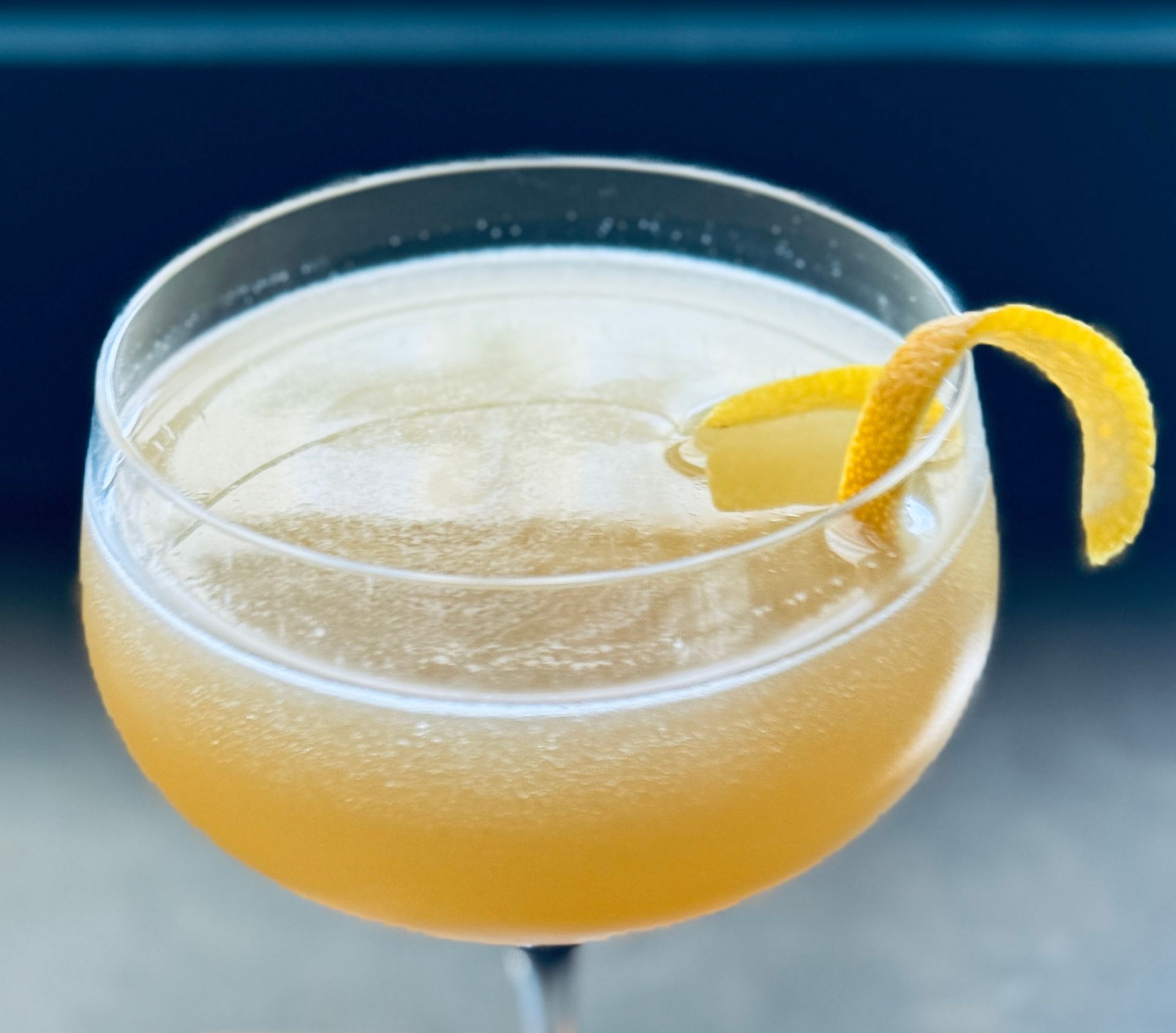
Some drinks are meant to refresh, others are meant to take you somewhere. The Starless Sea is a cocktail born from the idea of stories, inspired by Erin Morgenstern’s novel of the same name. Beneath the surface of our own world lives a place shaped by narrative, where memory and imagination flow like water. That is how I wanted this cocktail to feel - not just a drink but rather a moment that unfolds in layers, like chapters in a novel. Infused with intent: At the heart of this drink is coconut oil infused with lemongrass, cardamom and ginger, used to fat-wash aged rum. More than a culinary trick, this is a method of shaping flavors with control and care. Coconut oil is a nonpolar solvent, which means it extracts aromatic compounds that water or alcohol might miss or muddle. It draws warmth from ginger without the burn, citrus from lemongrass without the bitterness, and spice from cardamom without the astringency. When used to fat-wash the rum, those compounds enter the spirit with subtlety and softness. The result is not only a flavored rum, but the rum actually holds memories and echoes of the flavors of the spices and herbs. The infused rum becomes the foundation of the drink. Its texture is richer, and its voice is softer. The botanicals are less loud, they are gentle and atmospheric, like themes that occur in a story or a dream. Why Fat Washing? Bold ingredients like ginger and cardamom can easily overpower a cocktail if extracted with alcohol. That is why I use fat - not to mute the ingredients, but to curate them. Fat-washing is not just about adding texture. It is a way to filter flavors. Alcohol extracts everything, whether it is desirable or not. Fat chooses. It narrows the spectrum to a more elegant and focused set of notes. The result is not the full chorus, but a solo voice: precise, restrained and emotionally resonant. The oil became my editor when I created this drink. With its essential selectivity it aided me in my goal of evoking a mood and creating something intimate and immersive. The Recipe: • 1.5 oz fat washed aged rum (see below for full process) • 0.5 oz Yellow Chartreuse • 1 oz fresh lime juice • 1 oz honey syrup • 2 dashes orange bitters Shake with ice until cold. Strain into a chilled coupe or a small rocks glass over a single large cube. Garnish with nothing, or with a single lemon twist. I prefer it unadorned, just like the sea at night. Infusing the oil and washing the spirit: To infuse the coconut oil: • 200g unrefined coconut oil • 20g crushed then chopped lemongrass • 15g sliced then crushed fresh ginger • 5g crushed green cardamom pods Vacuum seal the mixture and cook sous vide at 130°F (43°C) for 3 hours. Strain the botanicals out while the oil is still hot, this ensures a clean separation and preserves the clarity of the oil. To fat wash the spirit: Use a 10:1 ratio by volume of warm (room temperature) spirit to warm infused oil. For example, 750 mL of aged rum to 75 mL of infused oil. Combine in a container you can shake vigorously. Shake well to emulsify. Let the mixture sit at room temperature for 5 hours. During that time, shake it about once per hour to keep the emulsion active and ensure even contact. After resting, freeze the mixture overnight. The oil will solidify on top into a puck. The next day, remove the puck first, don’t try to pour the rum while the fat is still in the way. Let the puck drain on a rack or in a funnel to capture the last few drops of spirit. Finally, filter the rum through a moist coffee filter to remove any fine fat particles. The result is a spirit that’s clean, richly aromatic, and texturally enhanced, but not oily. The sensory experience: When you bring the glass to your lips, the first thing you will notice is the aroma: floral, citrusy, unfamiliar in a way that makes you lean in. Secondly, the texture hits. It is soft, almost suspended, thanks to the memory of the coconut oil. The first sip is fresh with lime and honey. A moment later you will feel the Chartreuse glow underneath. Finally, the rum; layered with gentle spice and a lingering, mysterious warmth. The botanicals do not announce themselves. They drift in and out, like motifs and themes returning in different forms. As the drink warms it changes. You will notice new things, such as a touch of more ginger, a little more of the cardamom. The sweetness recedes and the structure becomes clearer. Like a story unfolds, this cocktail reveals itself slowly. Flavor as storytelling: When I design a cocktail I think about pacing, balance, and emotion. More than looking for something plainly delicious, I am looking for resonance. I want to create a drink that moves like a good narrative, something that draws you in, turns a corner, and stays with you once it is over. Flavor holds the power to do this, especially when it is shaped intentionally. Starting with infusing the fat and then using it to wash the rum allowed me to purposefully create the story. Instead of overwhelming the drink with spices, I selected only what belonged in it. Each ingredient plays a role but none of them compete. They collaborate and they whisper. The Starless Sea is not a cocktail to rush. You sit with it. You return to it. You notice something new with each sip. Like a favorite passage in a novel it stays with you, not because of flash but because of feeling. This cocktail is neither loud nor obvious. It is deliberate and in its subtle quietness, it tells a story to remember.
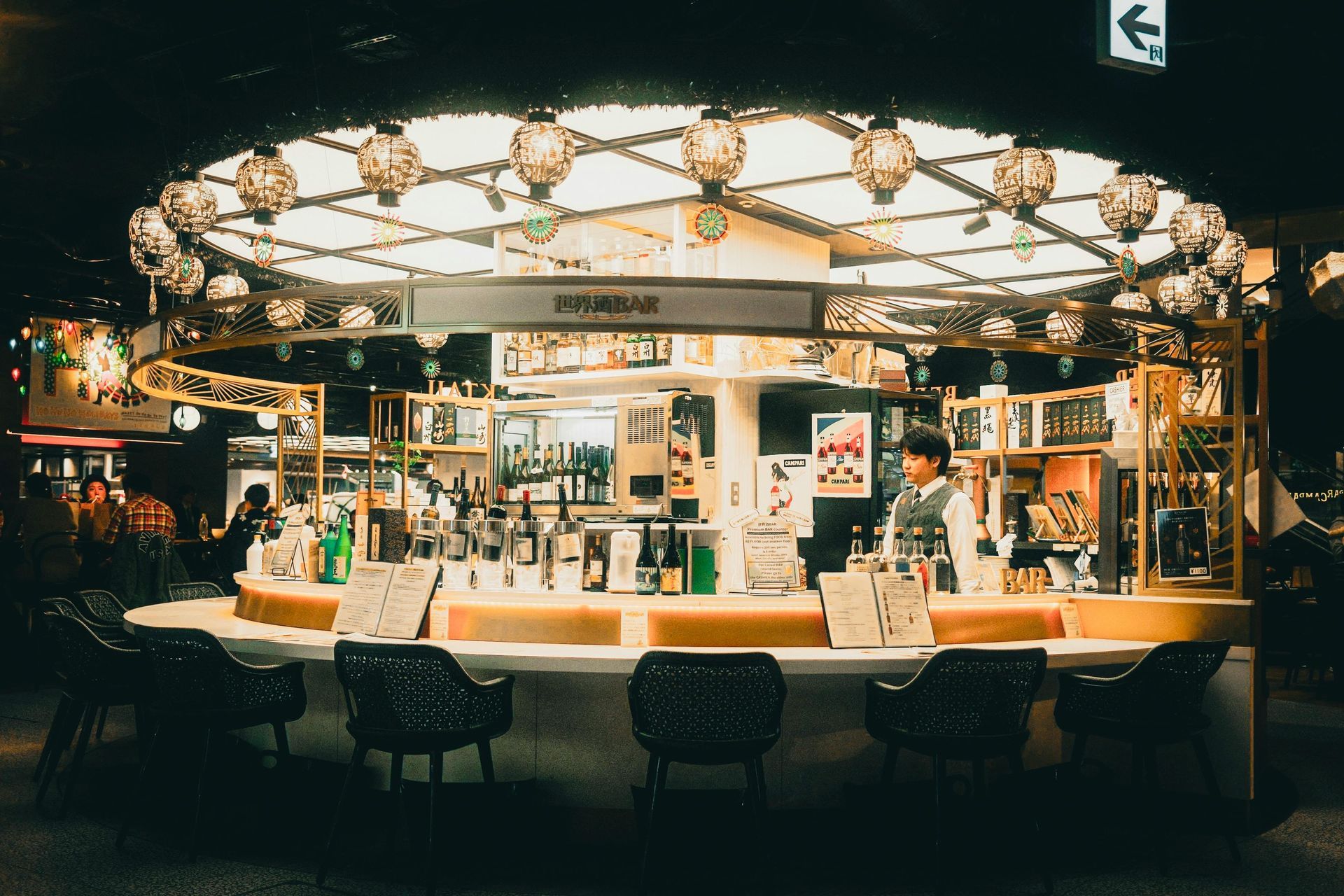
“Discover expert insights into staffing and team dynamics for boutique craft bars. Learn how to build smaller, efficient teams, balance technical skills with guest interaction, and foster a culture of excellence. Explore strategies for training, staff retention, and creating a collaborative environment where barbacks are valued as future bartenders. Master team management techniques that drive profitability and elevate the guest experience.”
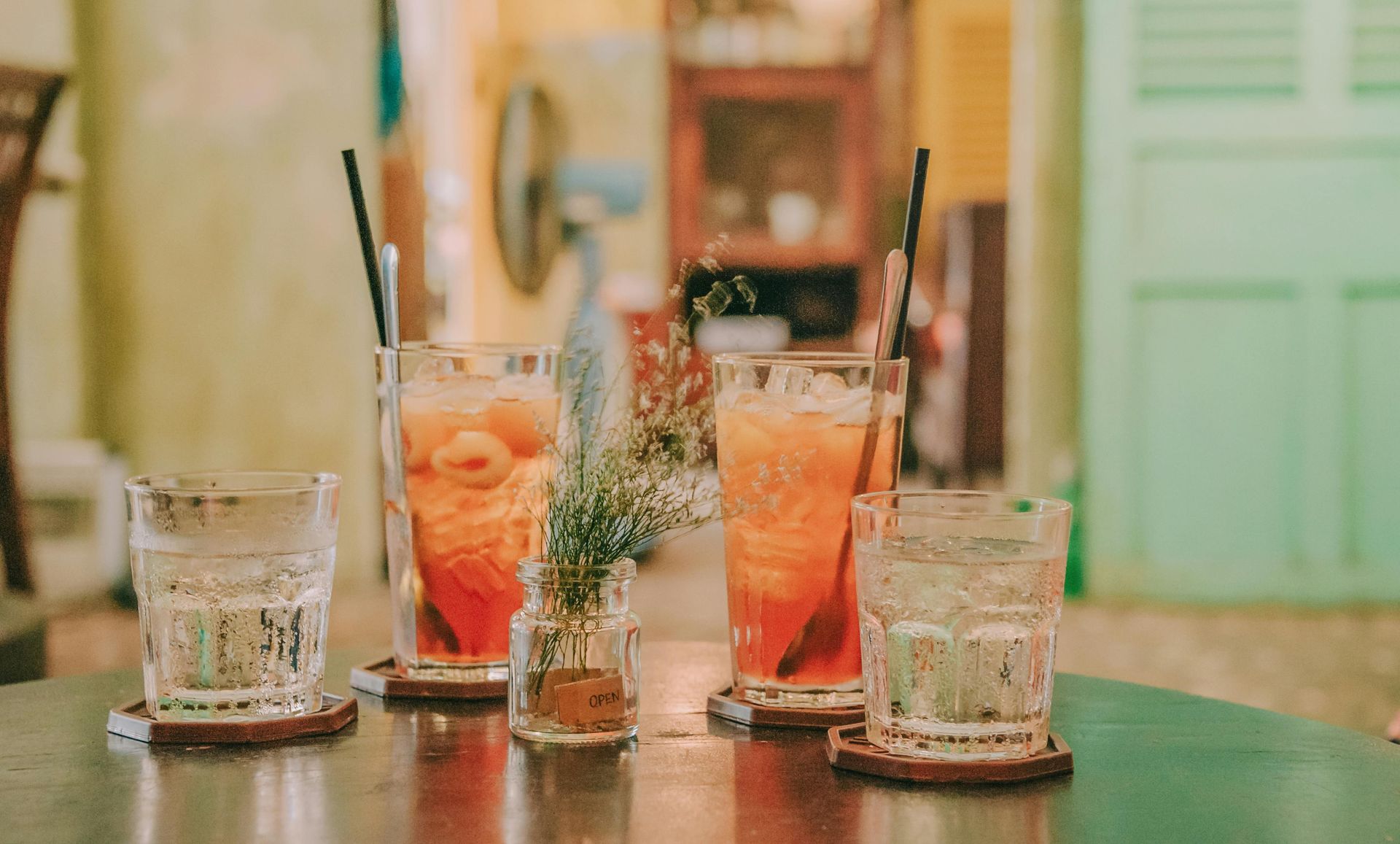
“Explore expert strategies for menu design and development tailored to craft cocktail bars. Learn how to create curated, seasonal menus that highlight innovation while standardizing classic cocktails for consistency. Discover tips for balancing creativity with cost management, fostering bartender participation, and auditing the guest experience to elevate your bar’s offerings and profitability.”
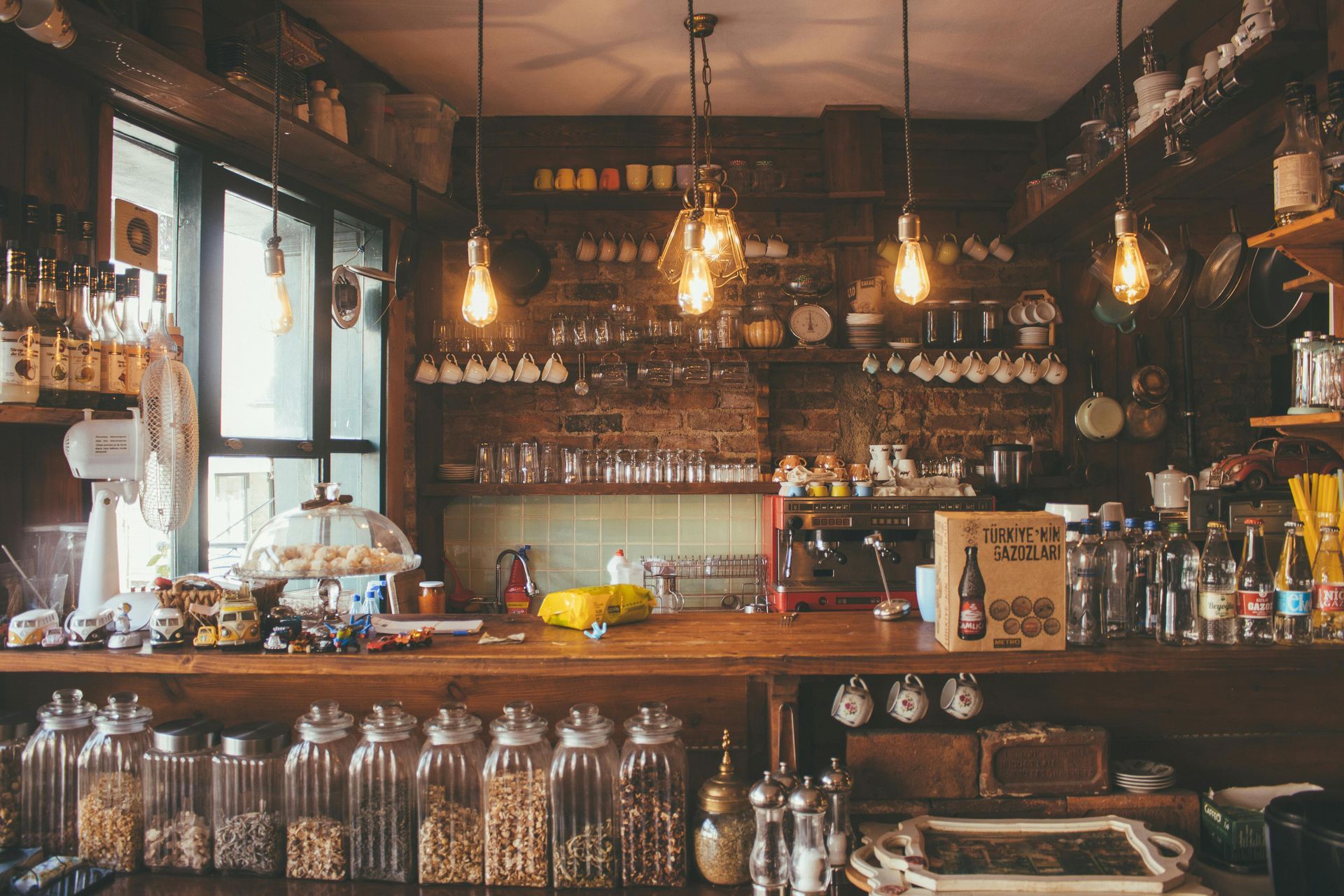
“Enhance your craft cocktail bar with expert tips on creating a memorable guest experience. Learn how to balance luxury with approachability, engage guests through confident bartending techniques, and tailor service to individual needs. Discover strategies for combining consistency with creativity, fostering a genuine bar culture, and turning every visit into an exceptional experience.”
